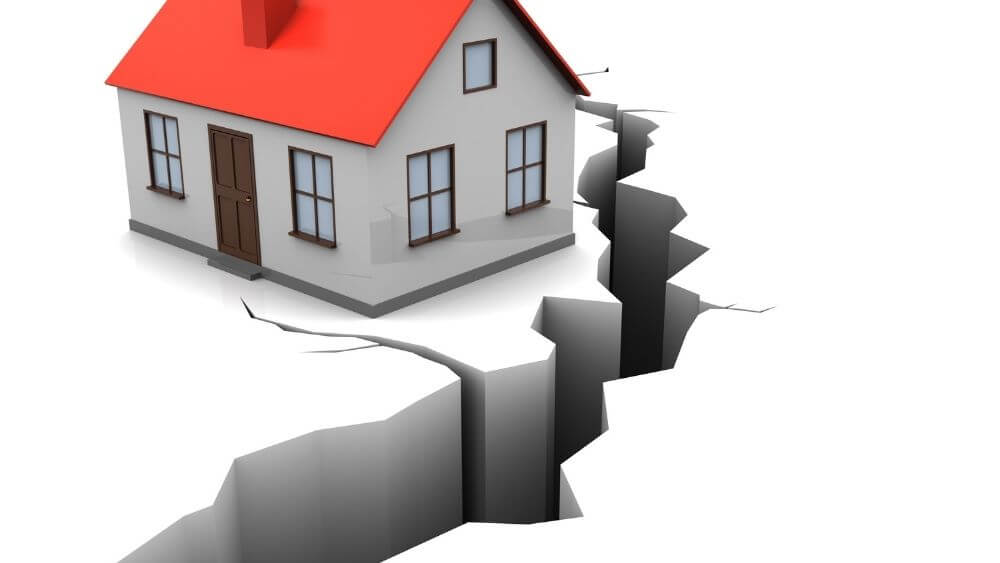Why do earthquakes happen?

Earth is a stable planet that harbours and sustains all life forms. It provides all necessary resources and requirements such that life can go on existing within its domain.
But what happens when this stability is actually disturbed? What happens when the Earth, in reality, starts to shake and disrupt the balanced harmony? Let’s find out.
Contents
The Earth Crust
The Earth’s crust (which is the outermost layer), is similar to a huge jigsaw puzzle, made up of pieces called plates. These plates are moving very slowly, all the time. To be precise, every continent has a specific plate underneath itself, and even a small country has a plate underneath it. These plates are, most of the time at a distance from each other, and are pretty stable.
Earthquake
In some instances, two such plates may rub and brush up against each other. This slight movement however releases a lot of pressure which makes the entire ground shake violently. This shaking phenomenon is actually an earthquake. When an earthquake occurs, these plates either rub against each other or may even go below or above one another.
Power Of An Earthquake
The power of an earthquake is measurable on a special instrument, known as the Richter scale. Weak earthquakes can measure less than 3.5 on the scale, but those above 7 are very strong and are powerful enough to topple buildings and make roads and bridges collapse.
The Pacific Quake
In recent times, the most powerful earthquake was recorded in the year 2011, which took place in Japan. It originated from the Pacific Ocean, where one plate moved beneath another.
Formation Of Mountains
It is interesting to know that the great Himalayan mountains were formed as a result of such a collision between plates under the Tethys Sea. Two such oceanic plates pushed together, making the ground rise up in huge peaks.
These plates are still moving against each other, which often causes earthquakes in this region. This is also the reason why the heights of the Himalayan mountains are ever-changing.
Giant Waves
In 2004, an earthquake under the Indian Ocean surprisingly caused a tsunami—an enormous wave. The waves washed ashore and caused destruction in 14 different countries.
Fun Facts
- More than 1 million earthquakes happen every year. Most are so small that people do not even feel them!
- An earthquake can also lead to a tsunami!
Related Questions:
- Why do earthquakes occur?
- Which is the most devastating earthquake in recent times?
- What is the cause of a tsunami?
Objective Questions:
- Earthquakes are measured in the ___________.
- The Earth’s crust are made of __________.
- The ______ are always moving, without much notice.
- An earthquake is caused by _________ between plates.
- A ________ can also be created as a result of earthquakes.
True Or False:
- The Celsius scale measures an earthquake: ______
- Plates usually collide with each other: _______
- Earthquakes are non-destructive: ________
- Earthquakes can be of varying frequency: ________
- Earthquakes can never cause tsunami: _________






Responses